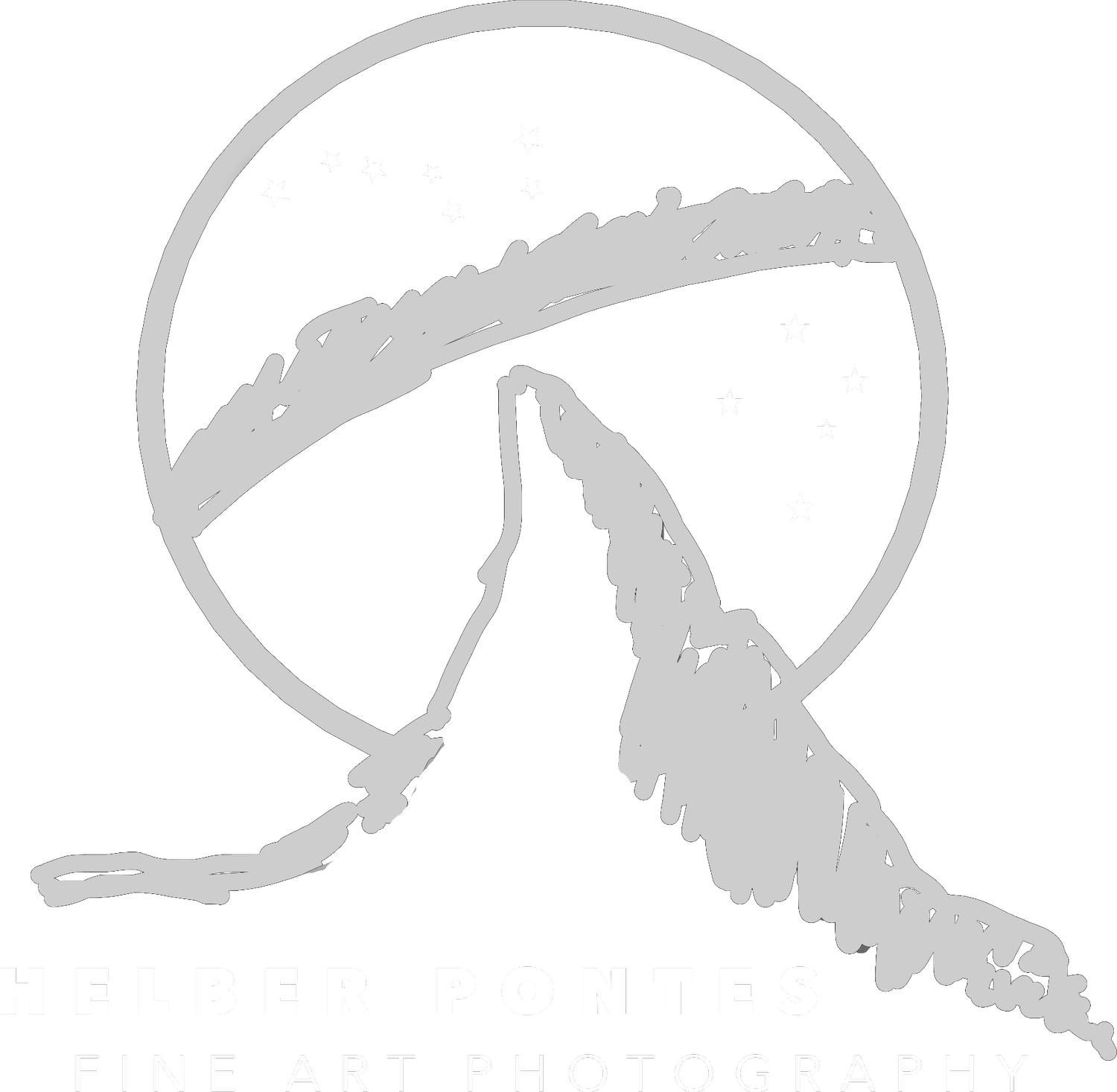Rosette Nebula - NGC 2237
The Rosette Nebula, also known as NGC 2237, is a vast, circular emission nebula located approximately 5,000 light-years from Earth in the constellation of Monoceros. The name "Rosette" derives from its beautiful, rose-like appearance when viewed through telescopes.
Sitting in the heart of this celestial flower is an open cluster of young stars named NGC 2244. The ultraviolet light emitted by these hot, young stars excites the surrounding gas, causing the nebula to glow in a manner similar to a neon sign. The nebula spans about 130 light-years in diameter, providing a spectacular sight in the winter skies of the northern hemisphere.
The Rosette Nebula is a hub of star formation, with the dense gas and dust within it collapsing to birth new stars. The total mass of the Rosette Nebula, consisting mainly of ionized hydrogen, rivals many other prominent nebulae in our galaxy.
Not as prominent to the naked eye as the Andromeda Galaxy, the Rosette Nebula is nonetheless a favorite target for amateur astronomers equipped with telescopes. Under dark skies, its intricate structures and the embedded star cluster NGC 2244 become apparent, showcasing the splendor of the star-forming process in our Milky Way.
Image Details
📷 Exposures (Ha, OIII, SII)
Hα, bin 1, 80x 300s
OIII, bin 1, 80 x 300s
SII, bin 1, 100 x 300s
🔭 Equipment
Mount: RainbowAstro RST-150H
Telescope: Refractor Borg 107FL , f/3.9, 107mm aperture, 417mm focal length
Camera: Atik 383L+ (Kodak KAF8300 sensor)
Filters: Atik 9-position filter wheel
Guidescope: QHY mini guide scope
Guide camera: QHY 5-II
💻 Software:
(Windows 10) Sequence Generator Pro, PHD2, SkySafari, ASCOM drivers
(Mac OSX) PixInsight
📍Location
Bright suburban light pollution, Class 6 of darkness in Bortle scale.

